Malaysia
Large parts of Malaysia have mountains and tropical rainforests. The jungle has an enormous variety of plant species. Animals found in Malaysia are the Asian elephant, deer, bears and eight species of apes among orangutans and the Proboscis monkey. A popular natural product is hardwood. The flora and fauna is under pressure because of the large scale logging and palm oil farms in Borneo.
The multicultural society of Malaysia consist of Malay, Chinese, Indians and a large number of smaller ethnic groups. A connecting element is the Malay language, Bahasa Melayu. When people spend time with family or friends they often speak their native language. Malaysia has a strongly developed economy, one the best economic records in Asia. Malaysia is a rich country for Asian standards. When travelling around the country looks modern but it’s culture, religions and rituals go back centuries. Visitors who understand their culture a bit, soon realise the Malaysians are open minded and easy going.
Interesting places to visit
Over the years Malaysia became a popular tourist destination in Asia. It’s a country with various landscapes and population groups. In Borneo there are different indigenous ethnic groups like the Iban. In the capital city Kuala Lumpur modern architecture is mixed with colonial buildings. Villages at the east coast are excellent examples of the traditional Malay culture. The higher hill stations have an British colonial atmosphere. For nature lovers Borneo is the place to be. Visit the National Parks such Niah National Park, Mulu National Park or Bako National Park. The highest mountain of southeast Asia is close to Kota Kinabalu, Mount Kinabalu. Visit a few islands to go diving, snorkelling or swimming and admire the blue waters and colourful fish around Tioman Island and the islands around Borneo.
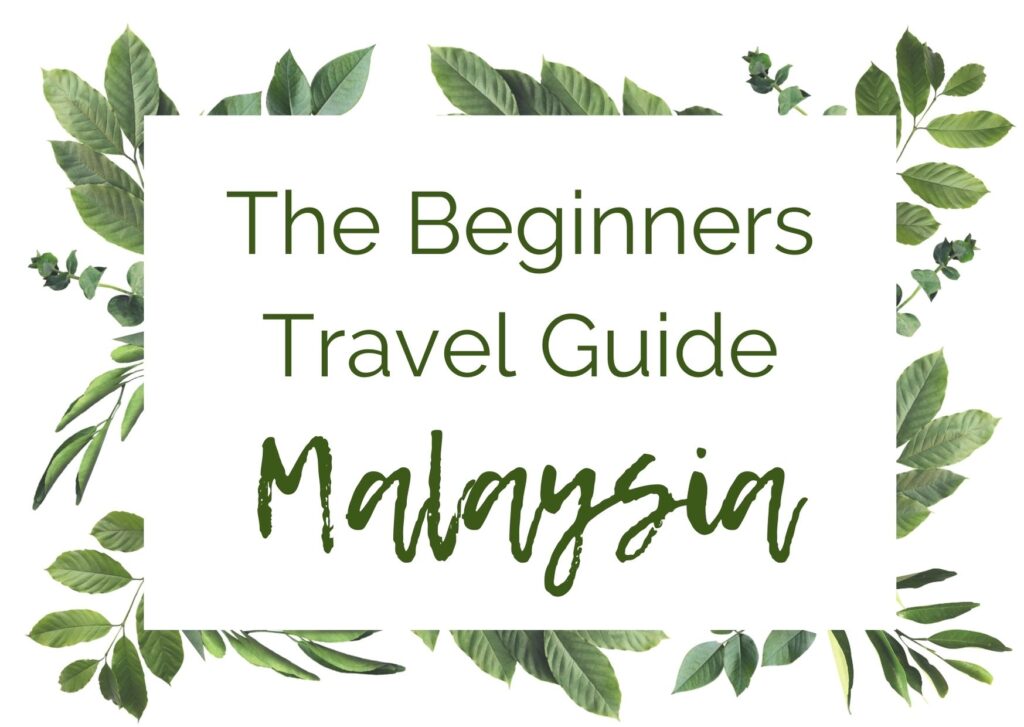
Festivals
The Islamic festivals follow the Islamic calendar and the dates are different each year. I have listed a few festivals below. The diversity of festivals reflects the ethnic diversity in Malaysia.
Awal Muharram: is the official first day of the Islamic year. It is an official holiday in Malaysia.
Maulidin Nabi: the day of birth of Mohammed. Also an official holiday in Malaysia.
Hari Raya Puasa: the holiday celebrated two days after the Ramadan.
Hari Raya Haji: celebrated on the occasion of the pilgrimage to Mecca. This day is an official holiday in Malaysia
Chinese New Year: celebrated with a parade of dancing dragons and fireworks.
Vesak: Buddhists celebrate the birth, enlightenment and death of Gautama Buddha, the founder of Buddhism.
National Holiday of Malaysia: Celebrated on the 31th of August.
Thaipusam: A Hindu festival celebrated at the Batu Caves. The caves are located 13km north of Kuala Lumpur.
Good Friday: celebrated in March or April. Official holiday in Sarawak and Sabah.
Harvest Festival of Gawai Dayak: celebrated in Sarawak. Excellent way to experience the rituals of the Iban and other cultural groups.
Navaratri Festival: celebrated for nine days in October. The festival honours the wives of the Hindu gods Brahma, Shiva and Vishnu.
Diwali: In October or November Hindus celebrate Diwali, the festival of lights. They lead Lord Rama home after returning from his exile.
Best time to go
Malaysia is an year-around destination. There are two seasons, rainy and dry. The temperature is more or less the same throughout the year. The months between April and October are the best time to visit Malaysia. The weather is dry and the skies are blue. The humidity is lower which makes it more comfortable to visit. The best time to go to Langkawi and Penang is in January and February. March and April are the best months for jungle trekking and outdoor activities in Borneo. Tioman island is a relaxing getaway and best to travel to in June or July.
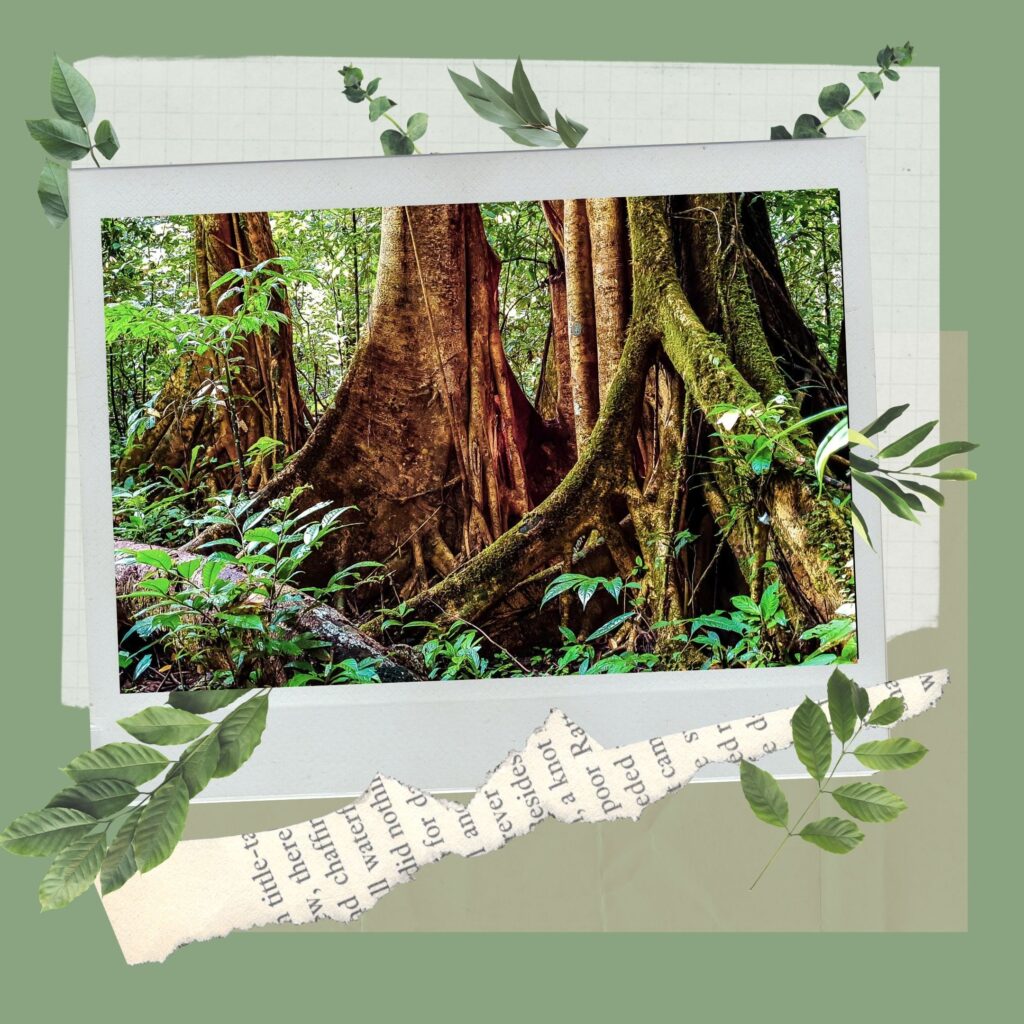
Personal Travel Guide
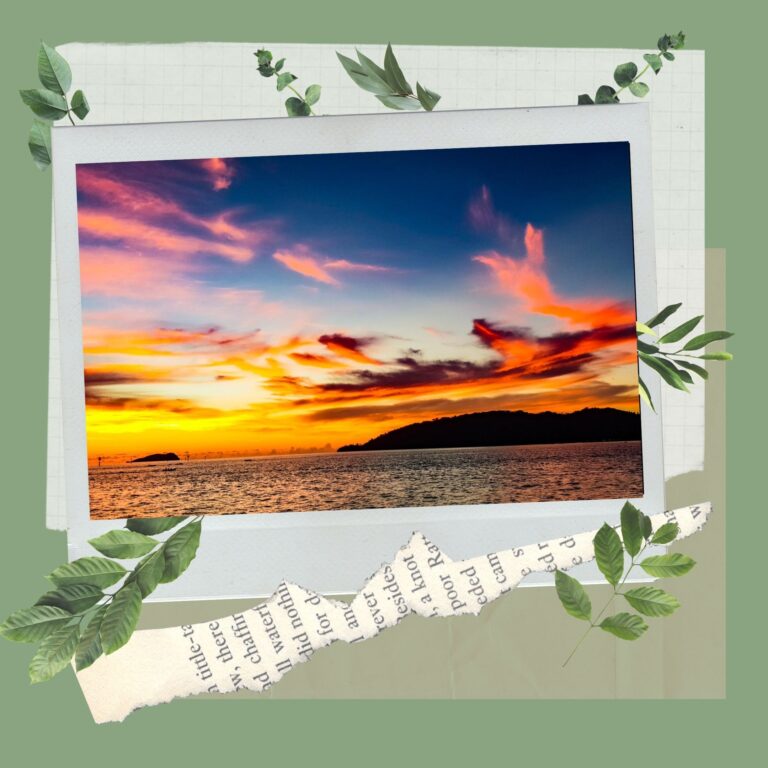
Practical info
Currency: Malaysian Ringgit (RM)
ATM: Most ATM’s accept Mastercard, Visa and Maestro. Be sure to bring a credit card in case a maestro-card doesn’t work. A tip: withdrawing money from an ATM is cheaper when using a credit card instead of using a debit card. Bring enough cash when you are travelling to remote places in Borneo. There are ATM’s in the larger cities in Borneo but they are less present in smaller villages.
Official languages: Malay
Religion: Islam (61%), Buddhism (20%), Christianity (9%) and others
Capital city: Kuala Lumpur
Visa: You don’t need a visa if you are visiting for business or tourism. Most nationalities are allowed to stay for 90 days. You receive an entry stamp at the airport and that’s it.
Local SIM Card: Tourists can easily buy a SIM-card at the airport. Most airports have telecom shops where you can buy a prepaid card. If you are not arriving via an airport you can also go to a bus station, a shopping mall or shops in the city. 7- Eleven stores also sell prepaid SIM-cards.
Country Code: +60
Time: UTC +8 (MST)
Official Tourism Website: The official Tourism website is Malaysia Truly Asia. The official website for Kuala Lumpur is Visit KL.
Practical info: Are you planning a trip to Malaysia and you need some practical info? Read the ultimate planning guide when you are going for a long term journey or download the packing list. I share tips about setting up a travel budget. Or find out the best travel apps to use.
Sustainable travel: I have written a few articles about sustainable travel. I give tips about how to make your trip more sustainable and how to fly more sustainable. I believe even the smallest effort can help.
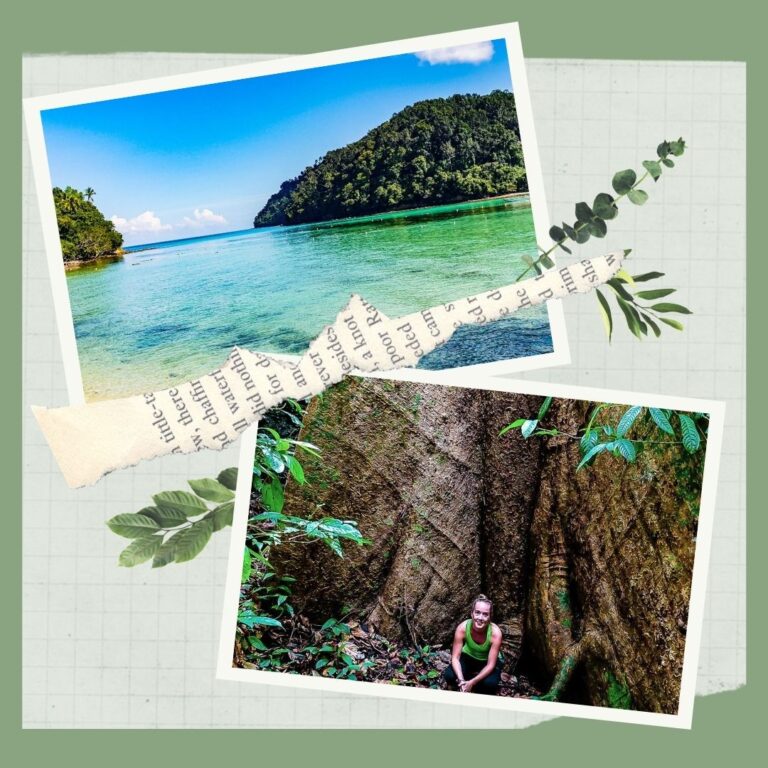
Public Transport
Air travel
The domestic flights are carried out by Malaysia Airlines and Air Asia. Mas Wings is flying to remote areas in Sarawak and Sabah.
Train
West-Malaysia offers train services with two main lines. The western line, Singapore-Kuala Lumpur-Penang-Bangkok (Thailand), and the eastern line, Gemas-Jerantut-Kota Bharu. The fast express trains have seats in three classes and at night they are transformed to sleeper beds. The express trains only stop in the larger cities. The slow local trains stop at every station. Borneo has a short train track between Tenom and Kota Kinabalu. The local trains only have third class seats. The privatized rail company is Keratapi Tanah Melayu (KMT).
Bus
The bus transport in West-Malaysia is well organized. There are public and private bus operators. The long distance buses are comfortable and have adjustable seats. When entering a bus it feels like winter in Europe. People bring jackets and blankets when they are travelling by bus. The largest bus operator for long distance is Transnasional. They travel within West-Malaysia and to Singapore and Bangkok. Local buses are cheaper and less comfortable and stop at every small village. Usually without AC too.
Malaysian Borneo
The road network in Borneo is less developed compared to West-Malaysia. Many travellers fly around Borneo to cover long distances. Flights are often full and you have to plan and book in advance to get a seat. Another option is travelling by bus. The advantage is you see a lot when you travel by bus. Another plus is meeting locals in the bus or at the rest stops.
Latest Malaysia Articles
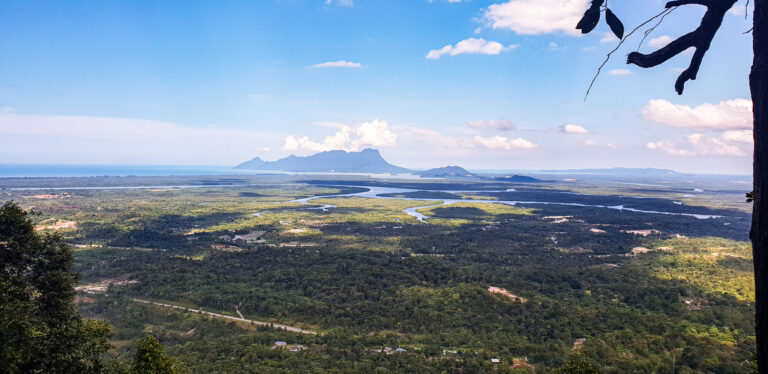
Virtual picture tour of Malaysian Borneo
I have selected my best photos to show you around the jungles and beaches of Borneo. See the virtual picture tour of Malaysian Borneo.
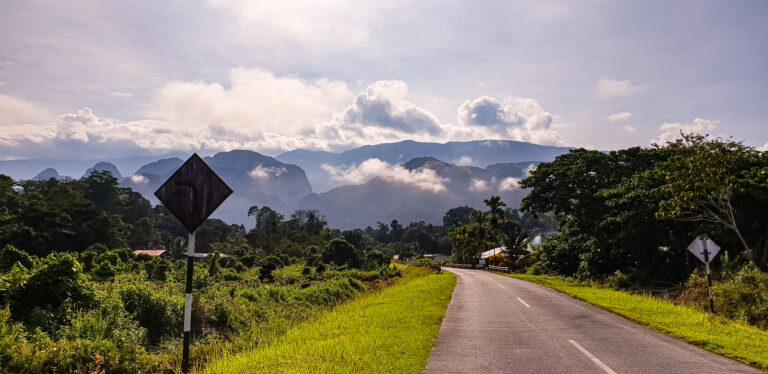
Explore the jungle in Borneo: Mulu National Park
Go trekking in the rainforest, visit the caves or watch the bat exodus and explore the jungle in Borneo by visiting Mulu National Park in Malaysia.
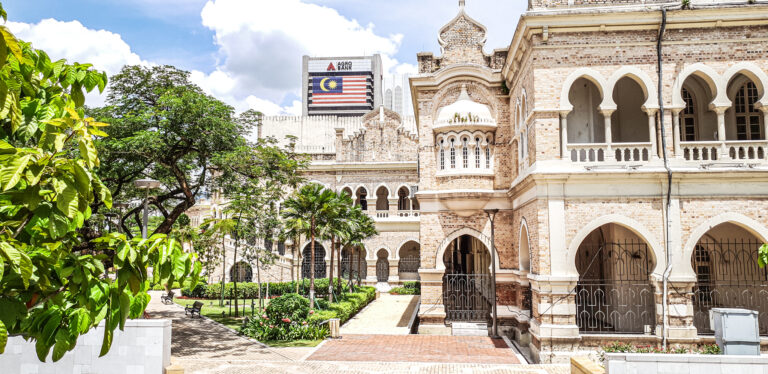
Visa Malaysia
Most nationalities are exempt to obtain a visa for Malaysia. There are two types of visa to enter Malaysia, an exemption and an E-visa. Find out which visa you need.